Featured Projects
Petroleum Life-Cycle Training Curriculum│Renewable Energy Project Management│Municipal District Road Upgrade│Highway Construction and Bridge Project│Environmental Assessments of Water Supply Systems│Environmental Consulting for Regional Aggregate Projects│Guiding Successful Rural Gravel Management│Creating Certainty in Oil Sands Reclamation
Petroleum Life-Cycle Training Curriculum
CPP Environmental is developing a petroleum life-cycle training curriculum for MERIT, a joint program of the Canadian government, the Canadian Executive Service Organization, and World University Service of Canada. The curriculum supports sustainable resource management and social development to improve the livelihoods of communities in Mongolia.
Based on current United Nations Sustainable Development Goals and Mongolian legislation and policy, our staff are collaborating with a local working group to enhance the country’s ability to manage petroleum development in an environmentally responsible manner. Once the curriculum is finalized, we will pair up with academic staff at Dornod University to “train the trainers.” The final portion of the project will involve training a select group of environmental inspectors and citizens from four districts (“soums”) in best practices. The goals of the project are to:
- Strengthen the capacity of public institutions working in natural resource management in Mongolia.
- Ensure robust collaboration between public institutions, civil society organizations, and local communities involved in the resource sector.
- Support communities willing to participate in and benefit from local development.
- Promote gender equality in the resource sector.
- Strengthen institutions and develop a knowledge portal to ensure sustainability.
Renewable Energy Project Management
For the Turning Point Generation’s Canyon Creek Pumped Hydro project near Hinton, Alberta, CPP used its intimate knowledge of provincial government review protocols to save the company several hundred thousand dollars in unnecessary reclamation securities, road closure requests, and timber management costs. Pumped hydro projects use excess electricity generated during periods of low demand to pump water uphill and return most of that energy to the grid by allowing the water to flow through turbines on its way back downhill. They maximize the efficiency of intermittent wind and solar power, but like any hydroelectric reservoir, come at the cost of valuable wetland and forest ecosystems.
A thorough understanding of regulatory mechanisms is never more essential to winning project approval than when dealing with renewable energy and other emerging technologies. CPP’s unmatched experience with both geotechnical and wetland surveys and the regulatory environment is increasingly in demand from those who recognize the opportunities that pumped hydro and similar projects present as society transitions to a renewable energy future.
CPP’s contributions to the Canyon Creek project included:
- Direction on appropriate wetland compensation options
- Guidance on economic reclamation security bonds
- Advice on submissions options for a construction plan
- Supervision of risk management assessment
- Creation of a schedule and critical path for project milestones and management
Municipal District Road Upgrade
For the past five years, CPP Environmental has completed annual assessments of the potential environmental impacts on wetland ecosystems of road-widening and upgrading projects in the Municipal District of Wainwright No. 61. The assessments support applications for the provincial approvals required under the Water Act. CPP also provides recommendations on all environmental requirements prior to and during construction. Once provincial approval is secured, the M.D. of Wainwright undertakes the work, which involves rebuilding roads in the Battle River Watershed, where wetlands cover about 10% of the landscape. CPP also provides guidance to help the M.D. follow and comply with regulatory legislation.
Each year, the CPP team begins the assignment by conducting a preliminary screening of provincial and other public databases and satellite image libraries to identify all marshes, swamps, and open-water wetlands within the project areas. A field crew verifies each wetland’s boundaries and class, estimates the disturbance footprints, and identifies all species considered sensitive to road-construction activities. The final report includes the expected environmental disruption due to the project, mitigation to avoid unnecessary impacts, and opportunities for the project to reduce future impacts on wildlife and their habitat.
Highway Construction and Bridge Project
CPP Environmental was chosen by Alberco Construction Ltd. to provide an environmental consulting team for the Highway 15 construction and bridge project in Fort Saskatchewan, Alberta. The project entails new roadway twinning and alignment, constructing a new river bridge over the North Saskatchewan River, adding a pedestrian bridge, and building a multi-use trail. The CPP Environmental team completed Environmental Construction Operations and Erosion and Sediment Control plans, water quality monitoring, wildlife sweeps, bathymetric surveys, and environmental site inspections. The project is on track for completion in 2022.
The widening and realignment of the highway and the bridge will entail the clearing of vegetation, the draining of wetlands, and instream pier and bridge construction. CPP was hired to work with Alberco to ensure its compliance with environmental permits and approvals as required under legislation. These laws include the federal government’s Fisheries Act, the Navigation Protection Act, the Migratory Birds Convention Act, and the Species at Risk Act, as well as the Alberta government’s Water Act, Wildlife Act and Historical Resources Act.
Environmental Assessments of Water Supply Systems
The Alberta Central East regional water supply system, which is in the 7th phase of construction, ties together 12 municipalities in central Alberta between Edmonton and Lloydminster and once completed will involve approximately 100 kilometres of water pipelines. CPP Environmental joined the project to conduct environmental assessments along the four proposed routes, which will add five communities to the existing network. The first portions of the water system were laid 10 years ago, and Phase 7 is expected to take several more years to complete.
So far, CPP’s database research and field surveys have identified 10 lakes, 23 non-wetland dugouts, 367 wetlands, and another 98 ephemeral water bodies. Already, at least one pipeline alignment has been modified to accommodate the ecological needs of water bodies between the village of Myrnam and the hamlet of Derwent. CPP is contributing to socio-economic and engineering feasibility analyses that are part of an analysis to determine where the pipes will be laid. In addition, CPP is monitoring environmental conditions during hydraulic directional drilling in sensitive portions of the routes.
Environmental Consulting for Regional Aggregate Projects
For Alberta Transportation, CPP Environmental is the designated environmental consultant overseeing technical and engineering services, as well as contract tendering and administration, for regional aggregate resources in Alberta’s Southern Region. The project involves identifying and surveying new gravel deposits, testing and inspecting pits, reclamation, consultation with Indigenous stakeholders, preservation of historical resources, securing environmental permits and approvals, and weed control.
The Southern Region covers aggregate resources from Crossfield to the Alberta-Montana border between the British Columbia and Saskatchewan borders. Alberta Transportation is one of the largest users of gravel in the province and is constantly in need of new supplies for the construction and maintenance of roadways to complement existing resources. For this project, CPP’s expertise in both aggregate management and environmental services is ensuring the province has adequate access to aggregate supplies while protecting endangered species and the sustainability of ecosystems affected by extraction activities. The current contract began in 2020 and will be renewed through 2023.
Guiding Successful Rural Gravel Management
CPP Environmental is proud to have produced the report Got Gravel? Strategies to Secure Gravel for Rural Municipalities. Since the report’s publication, these strategies have been implemented by several municipalities to inform Alberta Land-use Framework planning. CPP was hired by the Rural Municipalities of Alberta (formerly the Alberta Association of Municipal Districts and Counties) to formulate a comprehensive and easily accessible report to guide land-planning strategies. This guidance indicates where gravel extraction can occur and how to manage the abundance or scarcity of the resource.
In the course of this project, CPP was able to confidently provide recommendations to enhance policies and associated procedures for gravel allocation to municipalities. This was accomplished through stakeholder consultations, an extensive province-wide survey of rural municipalities’ needs, a geospatial analysis of gravel reserves, and a policy review and evaluation. This research is important to ensure adequate and affordable gravel supplies for future public works projects.
Creating Certainty in Oil Sands Reclamation
For the Cumulative Environmental Management Association (CEMA), CPP Environmental produced the Criteria and Indicators Framework for Oil Sands Mine Reclamation Certification, the End Pit Lakes Guidance Document, and the Guidelines for Wetland Establishment on Reclaimed Oil Sands Leases (3rd Edition). These documents have significantly improved certainty for regulators, stakeholders, and industry with respect to the reclamation and certification of oil sands mines. The Criteria and Indicators Framework establishes an outline for decisions about applications for reclamation certification. The wetland and end pit lake guidance documents provide regional guidance with respect to aquatics reclamation planning, construction, monitoring, and management for the end goal of successful reclamation certification.
Collectively, these documents have become the definitive resource in Alberta for oil sands mine reclamation. Before these guidelines were created, no clear or consistent approach existed for defining the design, operational requirements, or performance expectations for reclamation (particularly aquatics reclamation). CPP employed a combination of project management and multi-disciplinary teams, data collection and analysis, literature reviews, and in-depth interviews with reclamation personnel and stakeholders to create these groundbreaking guides.
Photos compliments of CPP staff on CPP work sites.

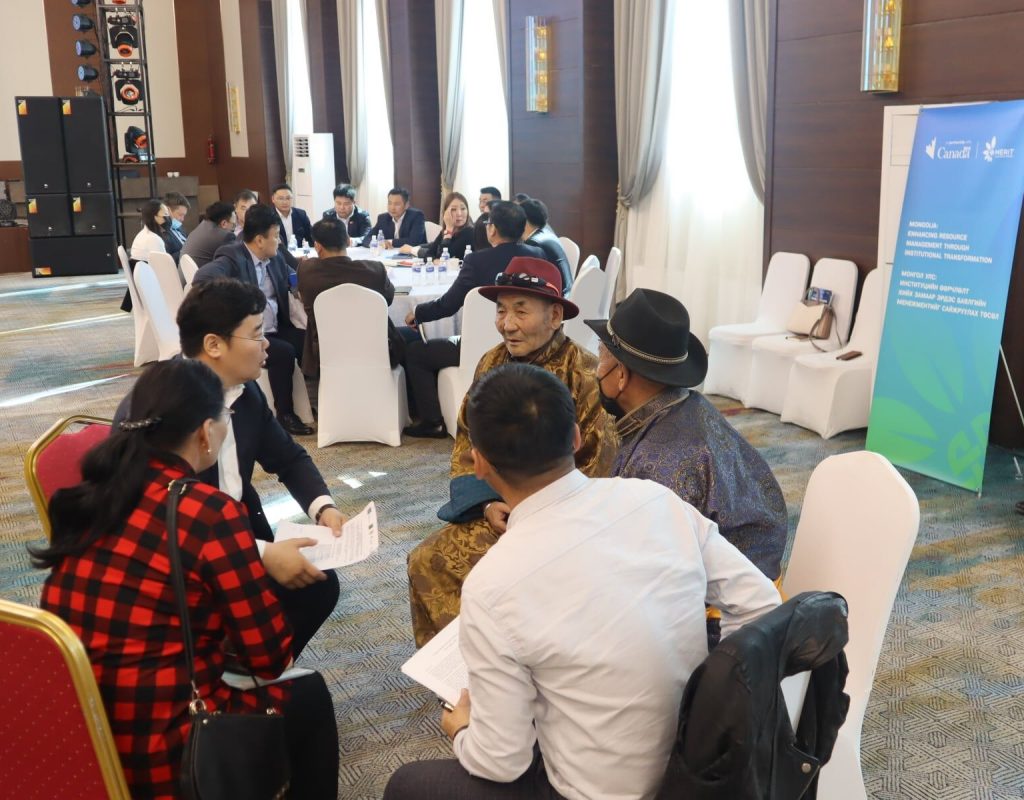
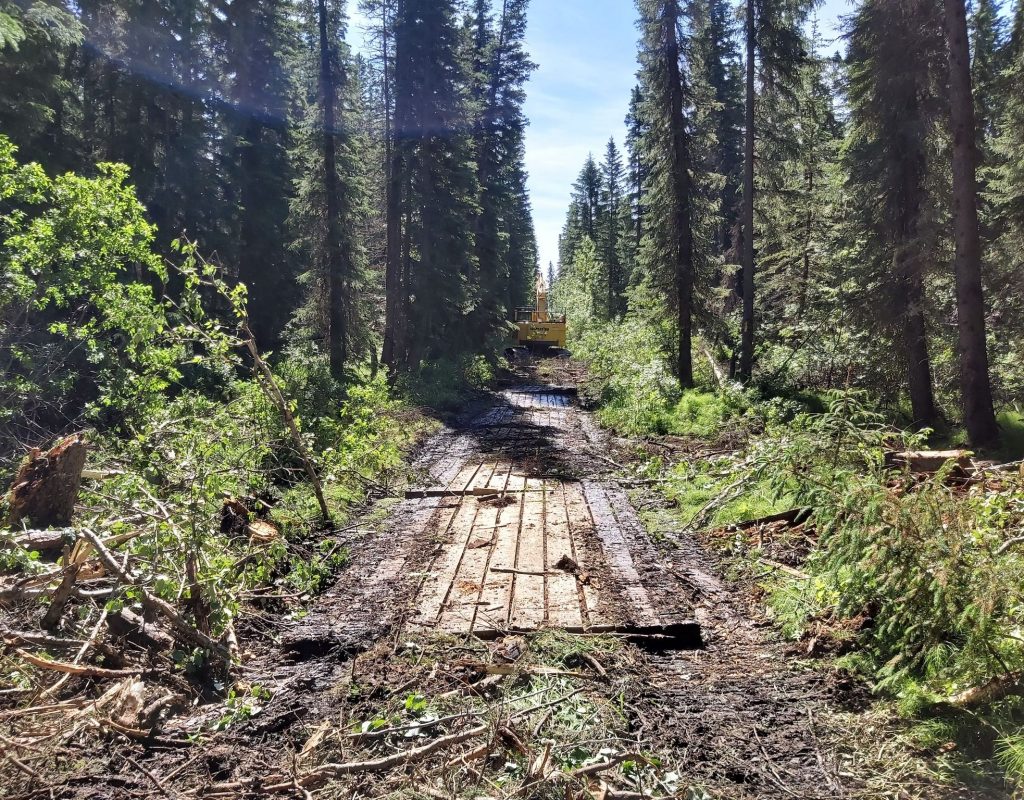
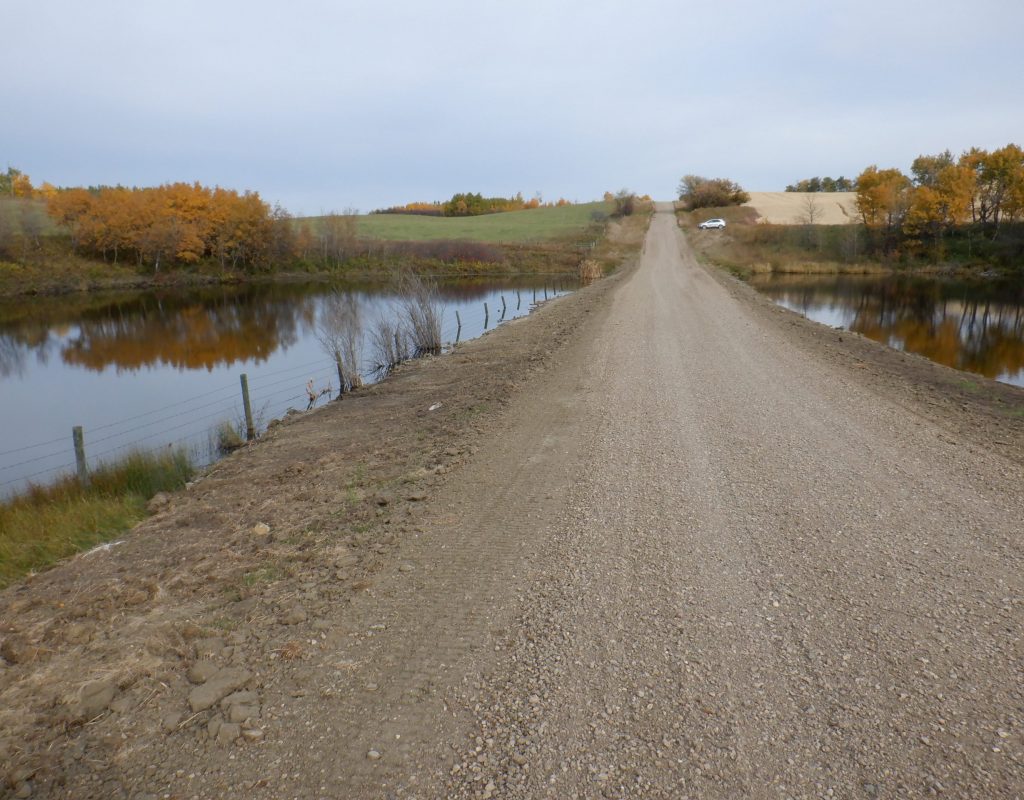
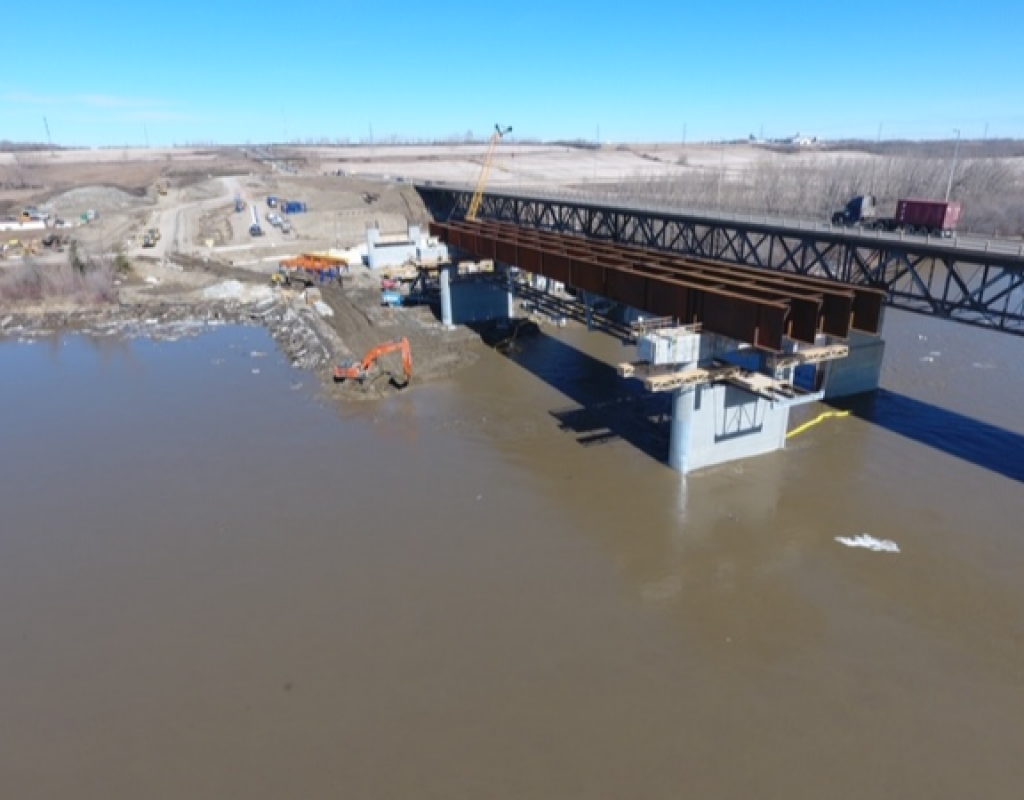
![CPP – wetland pic 1[41] CPP - wetland pic 1[41]](https://www.cppenv.ca/wp-content/uploads/elementor/thumbs/CPP-wetland-pic-141-scaled-poz2zqky1du3dey5mxsbbxmgkj626p70kpqx6myy4g.jpg)
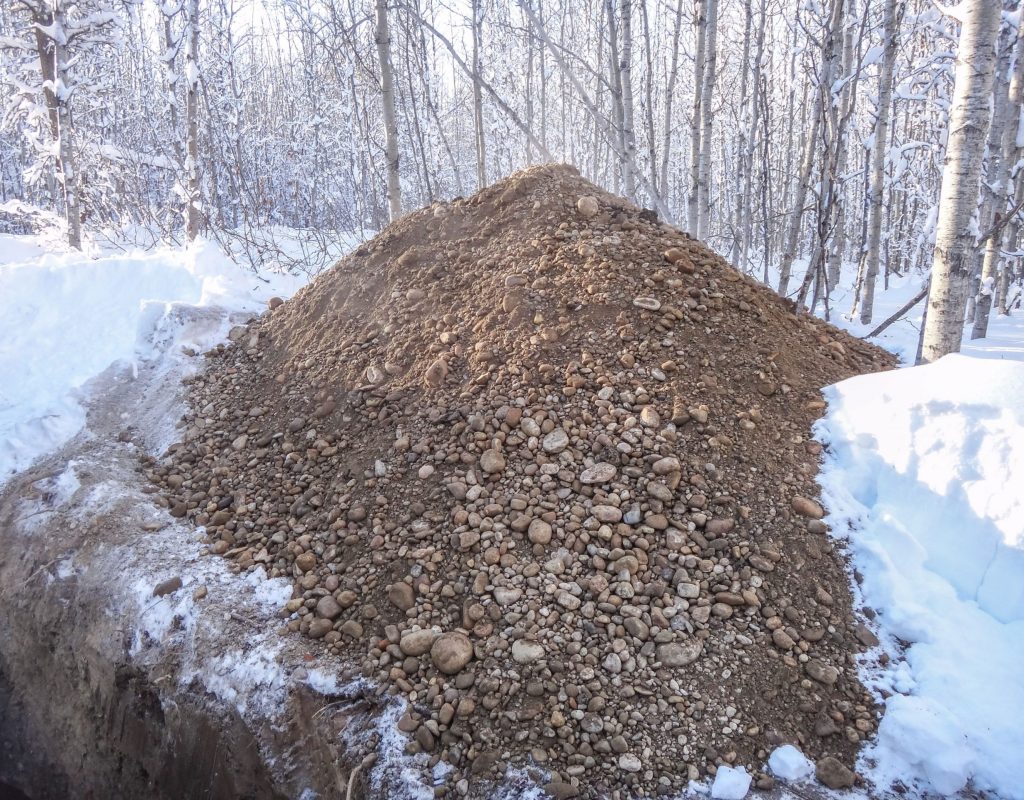
![CPP – Gravel pic 3[68] CPP - Gravel pic 3[68]](https://www.cppenv.ca/wp-content/uploads/elementor/thumbs/CPP-Gravel-pic-368-scaled-poz2zqky1du3dey5mxsbbxmgkj626p70kpqx6myy4g.jpg)
![CPP – wetland pic 2[88] CPP - wetland pic 2[88]](https://www.cppenv.ca/wp-content/uploads/elementor/thumbs/CPP-wetland-pic-288-scaled-poz2zris87vdp0wshg6xwfdx5x1feeaqwueenwxjy8.jpg)